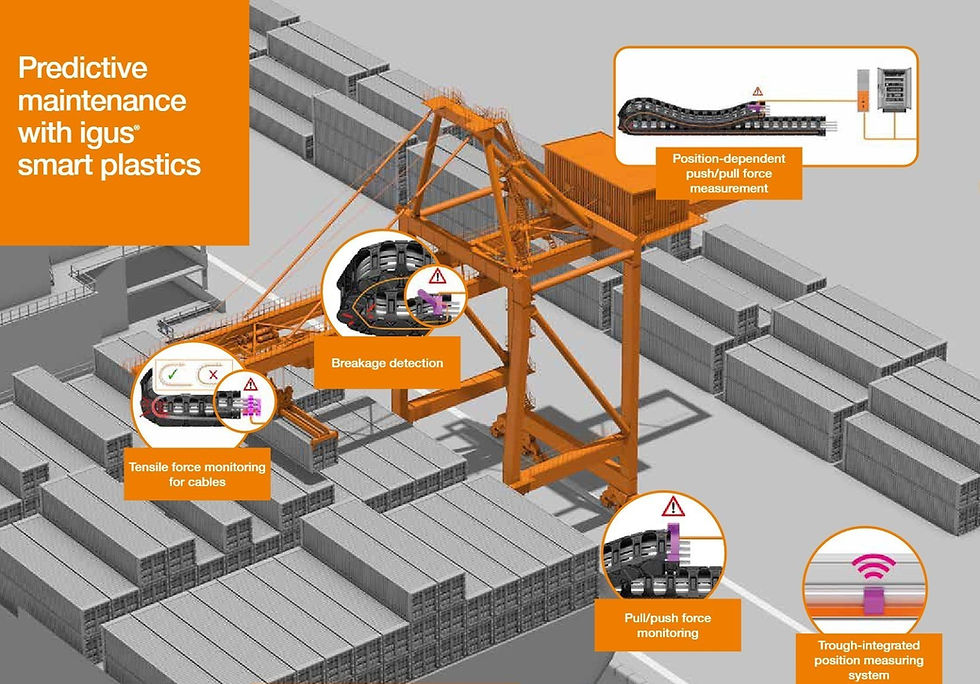Choosing the Right Solutions for Demanding Electronic Inspection Tasks
- Automate Asia Magazine

- Sep 5, 2022
- 4 min read

In the quality control of electronic components such as CMOS sensors and display panels, the AOI tasks are demanding as engineers are dealing with the smallest defects. What is the futureproof vision technology to use? How to address the key challenges in these tasks? Every choice you make can affect the final results and the following use cases are our recommendations on the vision solutions you can consider.
To be able to see smaller details, smaller pixel sizes are needed. And it is not hard to tell that the market trend is going in this direction. Key sensor manufacturers are launching new sensors with smaller pixels and features dedicated to these demanding tasks. In addition to small pixel sizes, a very good depth of focus with a telecentric lens; high resolutions with a large field of view are also essential to capturing the smallest objects in larger systems. System integrators who support the automation of these demanding electronic inspection processes, want to build systems that can fully exploit sensor performance at a reasonable cost. We are examining the requirement of CMOS sensor inspection tasks and Micro LED inspection tasks and sharing our recommendations on how to choose the right vision solutions.
CMOS IMAGE SENSOR INSPECTION

Overview
In the quality control of CMOS image sensors for the consumer market (e.g. for drones, automotive, or smartphones), it is necessary to detect scratches and other tiny defects on the sensor surface. This is a task for image processing and the right image processing system. The core element of such a system is a high-resolution camera with a large depth of focus and a frame rate of over 30 fps that is compatible with a telecentric lens. The Basler boost camera meets these requirements and is therefore suitable for this inspection task due to the particularly small pixel sizes of the sensor.
This allows the use of a telecentric lens to achieve the desired depth of focus.
Solution
A lean image processing system consisting of one monochrome Basler CXP-12 boost camera and one one-channel interface card correlates to this inspection task, as they are precisely matched together with other CXP-12 components. Equipped with the onsemi XGS 32000 CMOS sensor (global shutter), they each deliver the required speed and image quality with 35 frames per second at 32 MP resolution. The CoaXPress 2.0 standard (CXP-12) allows the camera’s sensor performance to be fully exploited. The suitable telecentric lens has a 1x magnification and offers a field of view of 21 x 15.79 mm
Advantages
The image processing system consisting of boost cameras with a telecentric lens for good depth of focus perfectly meets the requirements for inspecting the smallest defects on CMOS sensors. The small pixel sizes of the camera sensor, which correspond exactly to the lens, guarantee that the small components are reproduced sharply and in the same size. The other components, such as the
interface card and cable, also comply with the CoaXPress 2.0 standard, which ensures a uniform overall system with high data throughput. Such an image processing system is available from Basler
at an attractive price/performance ratio.
Vision Components Recommendation
boost camera (XGS 32000)
CXP-12 interface card 1C
MICRO LED PANEL BRIGHTNESS TEST

Overview
In consumer electronics and vehicles, display panels are used millions of times, such as in smartphones, watches, monitors, and televisions. For the human eye to perceive the displayed images sharply, the panel must be bright enough and the brightness differences on the entire panel must be as small and homogeneous as possible, even when viewed from different angles and in different lighting environments. To this end, image processing systems examine the panels and micro-LEDs (lightemitting diodes) contained therein for maximum brightness that the screen can produce and for uniform brightness distribution over the entire panel surface. Cameras do this by checking the RGB colors and the color white to ensure that all colors combined produce the correct white temperature. In addition, the cameras check the color temperature and
viewing angle to ensure the overall quality and usability of the panels.

Solution
Accurate image reproduction of panels and micro-LEDs requires high camera resolution when inspecting them: at least 45 MP for the entire panel and 20 to 45 MP for the micro-LEDs. This ensures that all micro-LEDs are inspected simultaneously and that brightness differences are precisely measured down to the level of pixels and sub-pixels. Larger panels also require a correspondingly large field of view without sacrificing speed. To achieve this, the image processing system must support a sufficiently large bandwidth, for which the CoaXPress 2.0 interface with 12.5 Gbps per transmission channel is particularly advantageous. The Basler CXP-12 boost camera in combination with the single-channel interface card 1C meets the requirements for such an image processing system and, together with other CXP-12 components, represents a powerful and cost-effective system. Equipped with the XGS 45000 (global shutter) CMOS sensor from onsemi, high resolutions of up to 45 MP at frame rates of 16 fps are guaranteed.
Advantages
Users benefit from an integrated system with low implementation and maintenance costs: lenses that match the camera for a large field of view, suitable coaxial cables with integrated power supply (PoCXP), and evaluation kits for accelerated implementation. The pylon Camera Software Suite as a single SDK efficiently connects all Basler CXP-12 components. These are tested, durable, and compatible and are serviced by Basler’s technical support.
Vision Components Recommendation
boost camera (XGS 45000)
CXP-12 interface card 1C
Basler CXP-12 components
Easy-to-use, quick-to-integrate, pricesensitive, and high-quality high-end components from a single source: cameras, lenses, cables, interface cards, frame grabbers, and evaluation kits - with all the benefits of the CoaXPress 2.0 standard.

Basler CXP-12 evaluation kit boost
For a straightforward testing and integration phase, the evaluation kit contains the following components: boost camera and a single- or dualchannel interface card CXP data cable, also suitable for PoCXP Two heat sinks for testing on your desk C-mount or F-mount lens adapter I/O cable for triggering or for external power supply of the camera





-01.jpg)


